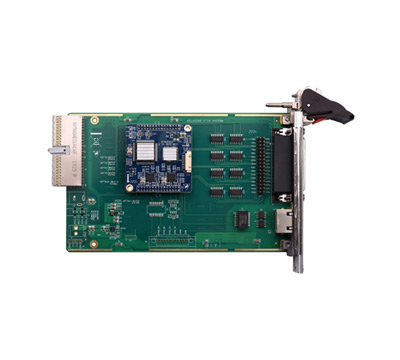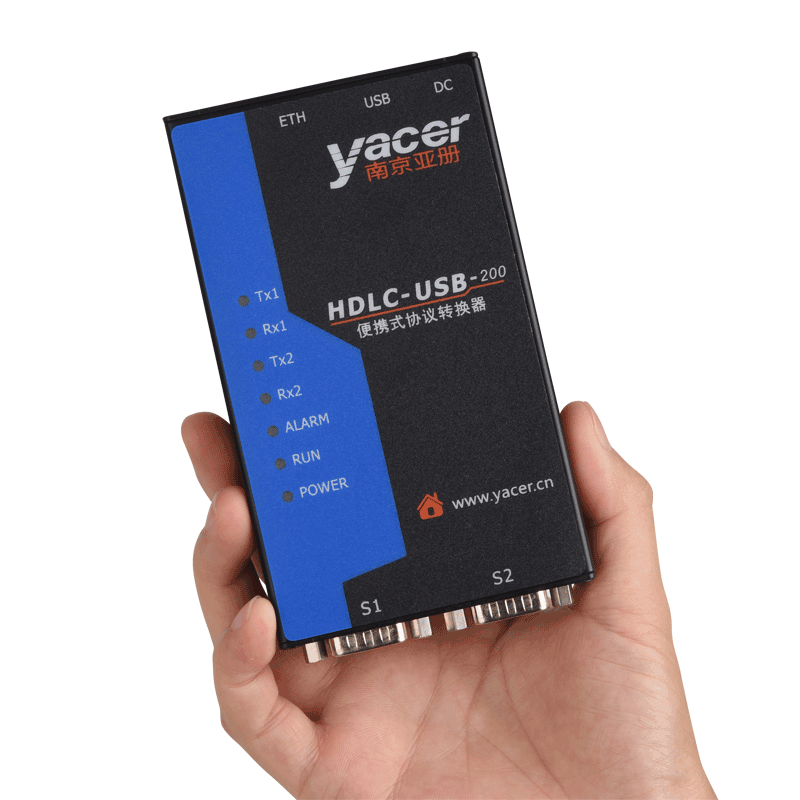1 Application Background
Due to the advantages of low station construction cost and high data refresh rate, ADS-B receivers have been applied in large scale in ATC system. ADS-B receivers have high data refresh rate and carry more information, which bring challenges to the original ATC radar data network while improving ATC surveillance capability.
2 Comparison of Conventional SSR and ADS-B Data Outputs
|
Item
|
SSR
|
ADS-B
|
|
Data format
|
CAT001
|
CAT021
|
|
Trace Data Length
|
16 Bytes
|
About 50 bytes
|
|
Update Rate
|
4 seconds
|
About 1 second
|
|
Update Strategy
|
Based on sector
|
Random
|
2.1 Data rate
Calculation is based on 100 flying targets within the power range.
The total amount of SSR data is: 16*100/4 = 400 bytes/sec. Considering the protocol overhead of about 4000 bit/sec, i.e. the data rate is 4000 bps on average, the radar output line bandwidth is set to 9600 and it can work well.
The total amount of ADS-B data is: 50*100 = 5000 bytes/sec, considering the protocol overhead of about 50000bit/sec, that is, the average data rate is 50 Kbps, it can be seen that the communication bandwidth of 9600 can’t meet the requirements of ADS-B data transmission, and it needs 64 Kbps to work.
2.2 Data bursts
In addition to the high data rate, unlike the SSR based on sector output, ADS-B passively receives the report of the aircraft. Since each aircraft sends a report according to its own independent clock, it is possible to send it centrally in a very small time window, resulting in data bursts. The instantaneous burst of data has the following effects on communication:
● It is possible to cause buffer overflow of communication equipment and loss of target data
● due to the limited link bandwidth, even if the buffer is large enough, it will produce a relatively large data delay, affecting the processing of the automation system
3 Solution - Speed Up
Since the ADS-B receiver is in a passive receiving mode, the data rate cannot be controlled from the source, so the only way to solve the problem is to speed up the communication line.
When the baud rate of the communication line reaches 64 Kbps, the transmission of ADS-B data can be basically guaranteed.
When the baud rate of the communication line reaches 128 Kbps, it can alleviate the impact of data burst.
4 Communication equipment in need of speed up
Equipment in need of speed up:
● Synchronous serial output device of ADS-B receiver
● Transmission equipment of ATC network
● Divide
● Synchronous serial port input device for automation (ATC) system
The synchronous serial port of the above equipment is required to support at least 64 Kbps baud rate, preferably 128 Kbps baud rate.


